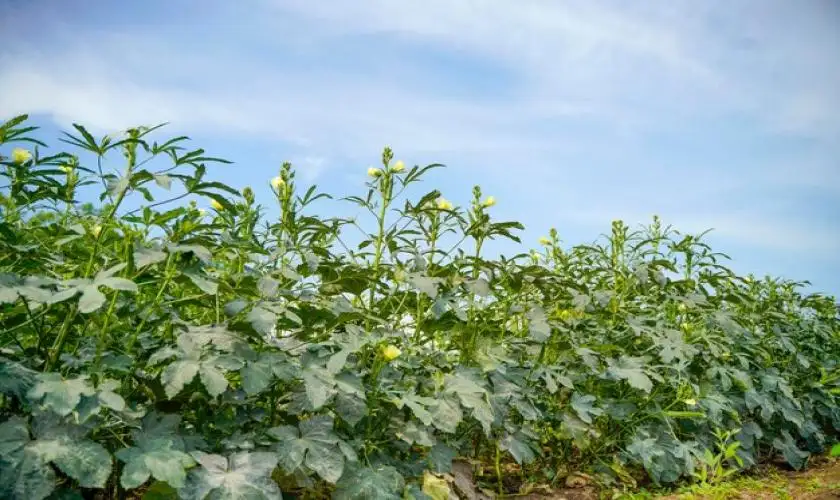 Support Center
Support Center
03 Feb 2025

03 Feb 2025
Okra, a nutritious and versatile vegetable, is one of the most profitable crops to grow in warm climates. Known for its unique texture and popularity in culinary dishes, okra farming offers impressive returns on investment (ROI), making it an attractive venture for farmers and investors. Whether you're an experienced farmer or new to agriculture, okra farming provides a low-risk, high-reward opportunity with quick returns.
Okra thrives in fertile, well-drained soils with a slightly acidic pH of 6.0 to 7.0. It is a heat-loving plant that prefers temperatures between 25°C to 35°C (77°F to 95°F) and can withstand dry conditions once established. Okra can be cultivated on both small and large scales, making it suitable for home gardeners and commercial farmers alike.
The cultivation process includes:
Okra’s quick growth cycle (2 to 3 months from planting to harvest) is one of its major advantages. This allows farmers to harvest multiple times per year, increasing their potential profits.
Despite its benefits, okra farming comes with challenges:
Okra farming offers an impressive ROI, with yields of 20,000 to 25,000 kg per hectare. With the right farming practices, okra farmers can earn a profitable price for high-quality, tender pods. Expect returns of 50% to 100% on initial investment, making it a highly lucrative crop.
Okra farming is an ideal option for new and experienced farmers due to its high profitability, short growth cycle, and increasing global demand. Whether you’re interested in small-scale gardening or large-scale commercial operations, okra provides excellent opportunities for quick turnover and high profit margins.
Okra is not only in demand for culinary uses but also in industries like medicine and cosmetics, where it’s valued for its health benefits. With growing popularity and demand, okra farming offers a solid investment opportunity.
Start your journey in okra farming today and enjoy a profitable, quick-growing crop with great ROI!
 your wealth!
your wealth!